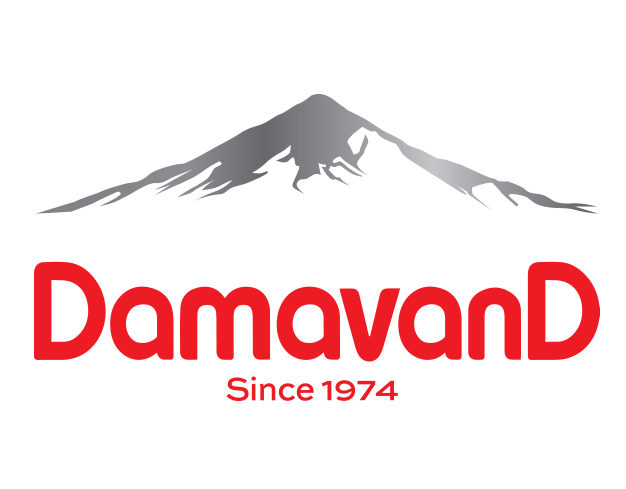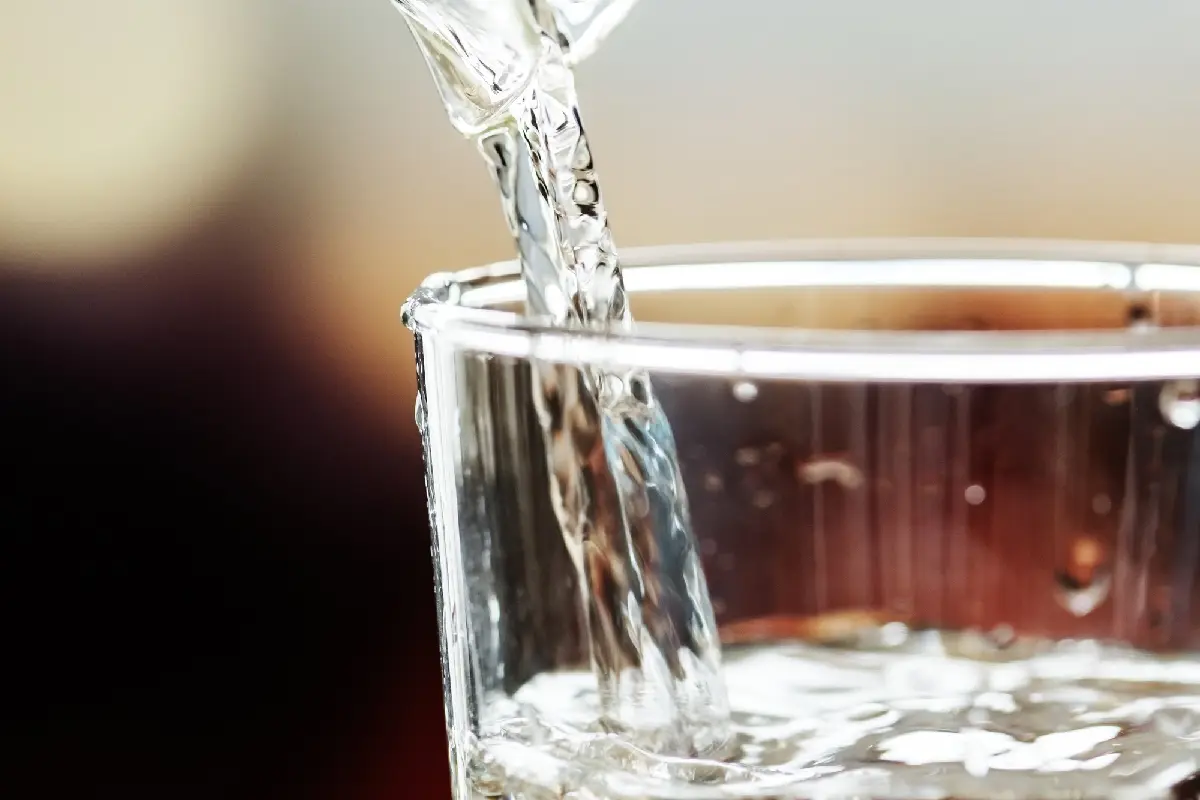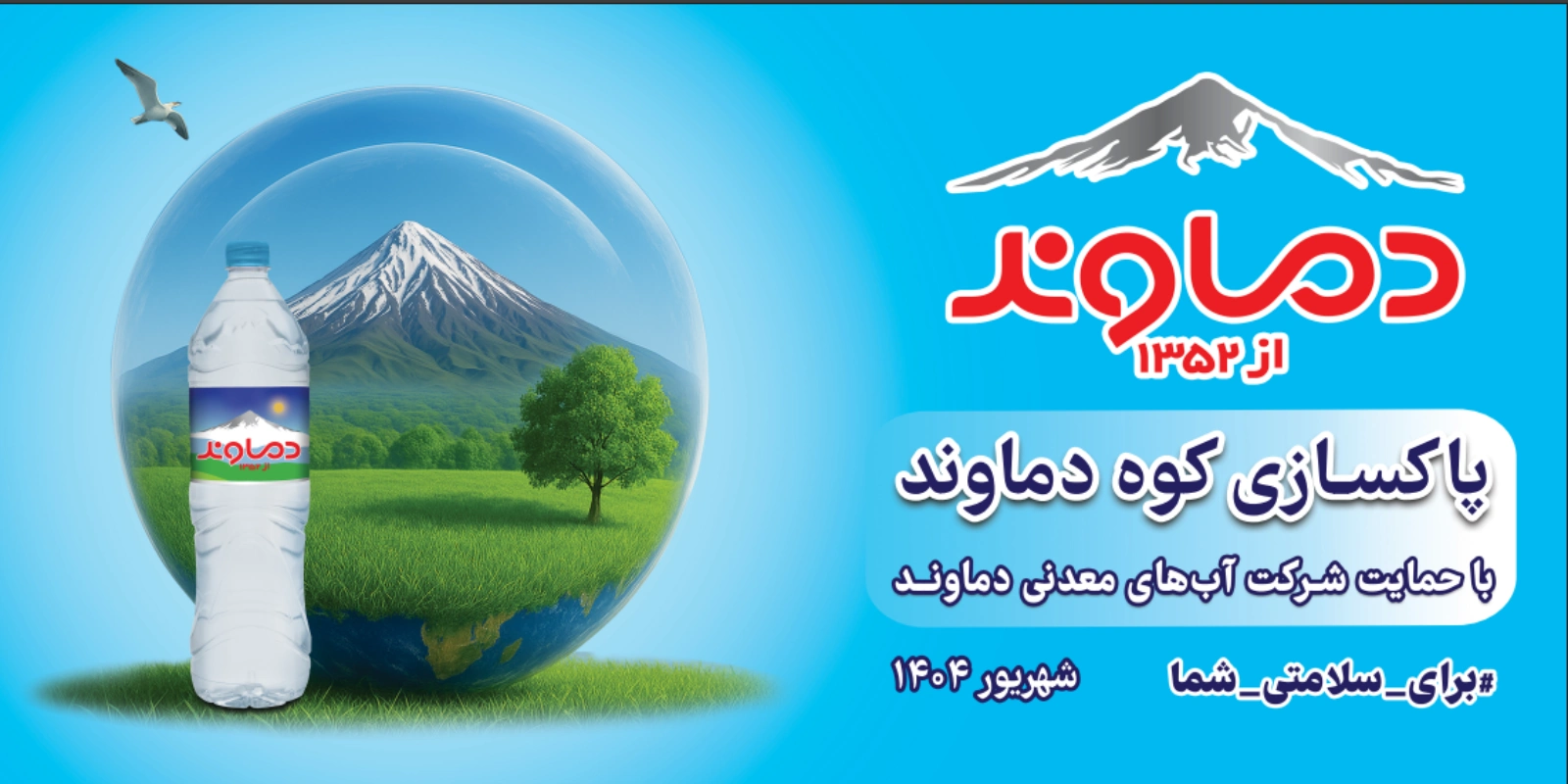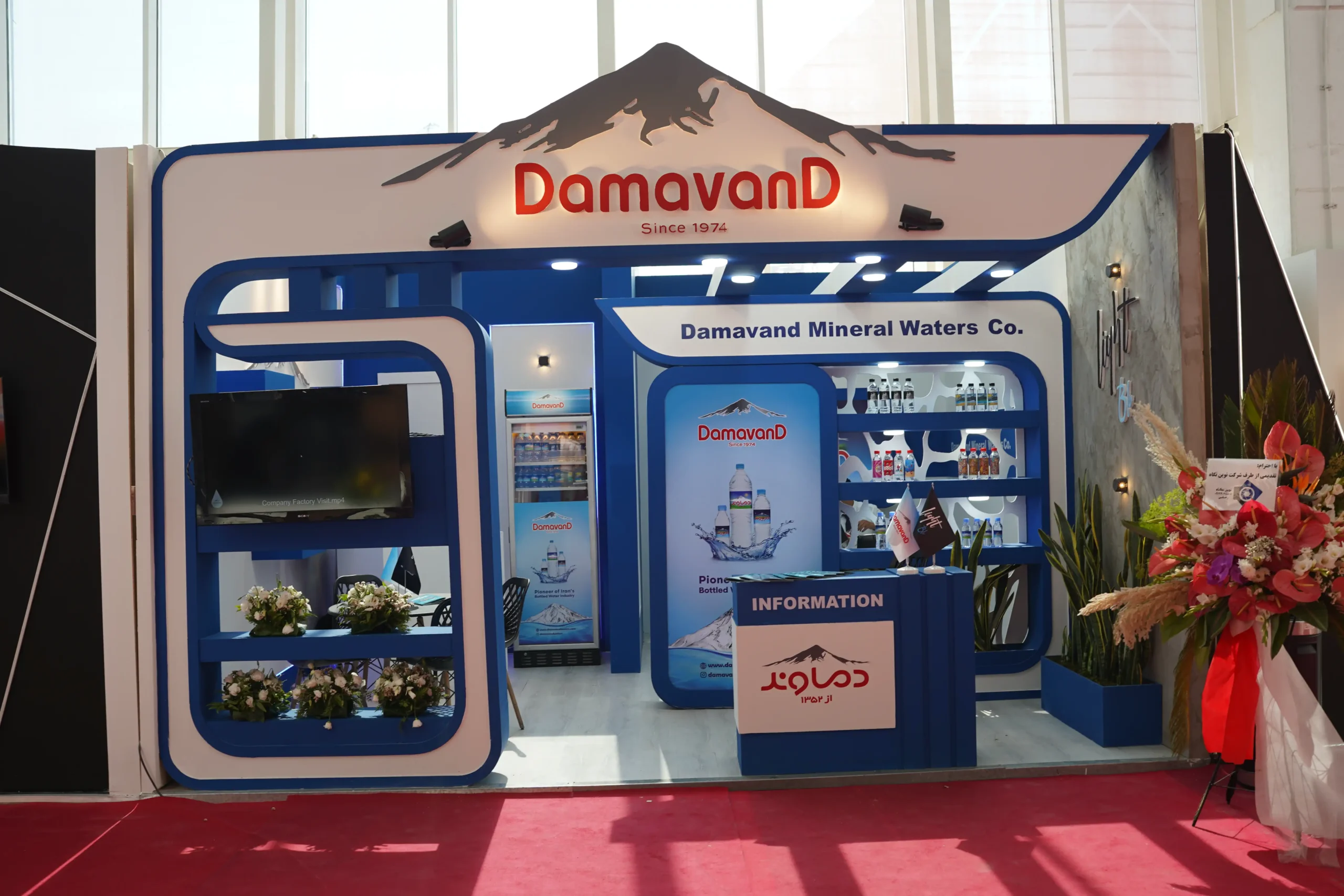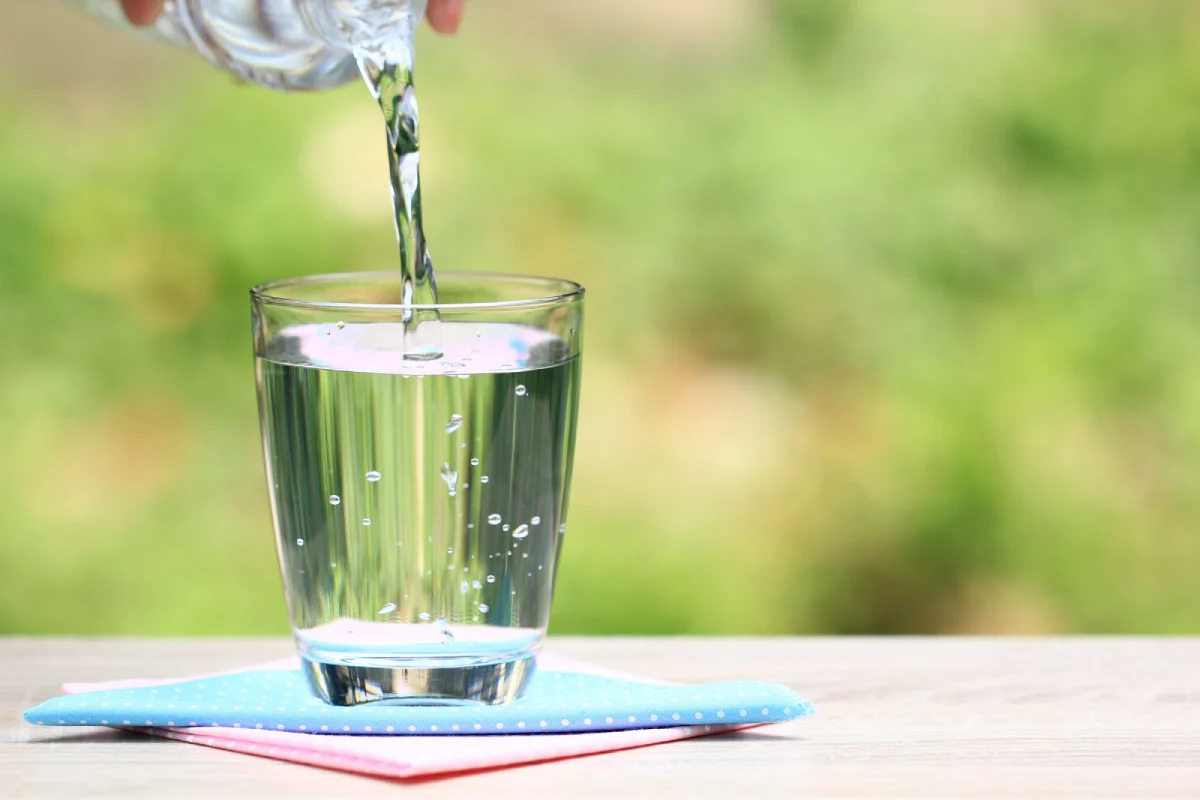In today’s world, where the quality of consumed water matters more than ever, understanding the key differences between mineral water and drinking water can significantly influence our conscious and informed choices. Undoubtedly, one of the most important distinctions lies in the source and mineral content of each type. But the story doesn’t end there.
In this article, we will explore the scientific and practical differences between mineral and drinking water, clarify the appropriate ways to consume mineral water, and answer one of the most frequently asked questions: What is the difference between mineral water and drinking water?
What is Mineral Water and Why is it Important?
Mineral water is a type of natural water sourced from underground springs or mineral-rich aquifers. As it passes through various layers of the earth, it naturally absorbs essential minerals and trace elements. These may include calcium, magnesium, potassium, sodium, bicarbonates, sulfates, chlorides, and even rare elements like zinc or iron.
Because these minerals are absorbed over years—or even centuries—they give mineral water unique characteristics that influence both its taste and its health benefits. In fact, regular consumption of mineral water can support bone strength, heart function, kidney health, and even improve skin condition.
However, excessive concentrations of certain minerals can pose a risk for some individuals, particularly those with kidney conditions or high blood pressure. That’s why it’s always advisable to consult a healthcare professional before making mineral water your sole daily source.

What is Drinking Water and What Are Its Applications?
Drinking water is the purified water made safe for daily human consumption through detailed filtration and disinfection processes. This water may originate from sources like dams, rivers, surface springs, or underground aquifers. Before reaching municipal distribution networks, it undergoes treatments such as filtration, chlorination, and sometimes ozonation.
Drinking water typically contains a controlled and balanced amount of minerals that are generally safe—or even beneficial—for most people. It has a neutral taste, making it ideal for everyday use, cooking, making beverages, and dietary supplementation.
Feature | Mineral Water | Drinking Water
Important Guidelines for Consuming Mineral Water
If you’re planning to incorporate mineral water into your daily routine, consider the following tips:
- Read the Label: Some brands may contain high levels of sodium or sulfate, which may not be suitable for everyone.
- Avoid Overconsumption: Excess minerals may lead to kidney stones or elevated blood pressure.
- Consult Your Doctor: Particularly important for pregnant women or individuals with certain medical conditions.
- Check Production Date and Storage Conditions: Store in a cool, shaded place and avoid damaged or sun-exposed packaging.
Mineral Water or Boiled Water: Which is Better?
This is a common question, and the answer depends on personal needs and use case. Boiled water—typically derived from regular drinking water removes bacteria and viruses, but does not eliminate heavy metals or chemical contaminants.
On the other hand, mineral water contains beneficial natural minerals that are not present in boiled water. However, it is not always subject to intense purification. So, if your priority is mineral-rich taste and health benefits, mineral water is the better choice. But if you’re concerned about microbial contamination, then boiled or filtered water may be the safer option.
Types of Mineral Water: A Scientific Classification
Mineral waters are categorized based on their natural chemical compositions, which result from prolonged interaction with underground mineral layers. Each type may provide different health benefits:
1. Iron-Rich Waters
Contain over 10 mg of dissolved iron per liter. Best consumed directly at the spring due to rapid oxidation. May help with anemia.
2. Bitter Waters
Their taste stems from magnesium sulfate, sodium sulfate, and sodium chloride. Often recommended for short-term use under medical supervision.
3. Sodium Chloride-Rich Waters
Contain high concentrations of minerals—over 1 g/L—mainly sodium chloride. Useful in cases of salt deficiency or electrolyte imbalance.
4. Sulfur Waters
Known for their distinct smell (like rotten eggs), these contain hydrogen sulfide and may aid skin or joint conditions. Use cautiously under supervision.
5. Sodium Sulfate Waters
Rich in sodium sulfate, and often contain table salt and sodium bicarbonate. They can have a laxative effect and help with digestion.
6. Limestone (Calcareous) Waters
Contain calcium carbonate, magnesium carbonate, gypsum, and carbonic acid. May not be suitable for sensitive digestive systems.
7. Iodine-Enriched Waters
Can stimulate thyroid function and improve digestion. Should be consumed for limited periods under medical guidance.
8. Arsenic Springs
Contain trace amounts of arsenic, not harmful at regulated levels. Some believe they may aid with general fatigue or anemia.
Why Damavand Drinking Water is a Smart, Safe Choice for Everyday Use
In 1973, when the concept of bottled water was virtually unknown in Iran, Damavand took a visionary step forward. We believed that every Iranian deserves access to clean, safe, and trustworthy drinking water.
While many households had access to tap water, the quality wasn’t always consistent or up to global standards. At Damavand, we embraced global benchmarks and cutting-edge purification technologies to deliver a different kind of product: safe, daily-consumption drinking water compatible with the human body’s needs.
Our journey led us deep into nature. After years of exploration, we discovered a uniquely pure and mineral-rich source on the slopes of Mount Damavand. This water, after undergoing reverse osmosis (RO) and strict hygienic quality controls, becomes Damavand Drinking Water—trusted by millions of Iranians in their homes, workplaces, and travels.
With a balanced taste, carefully regulated mineral content, and hygienic packaging, Damavand Drinking Water is the ideal choice for daily hydration, family use, and even infant nutrition.

Final Thoughts
Ultimately, the difference between mineral and drinking water goes beyond their source or flavor—it involves factors like composition, purification, health impact, daily use, and even pricing. Your choice depends on personal health needs, lifestyle preferences, and informed awareness.
What matters most is making a conscious, educated decision—one that aligns with your body’s needs and promotes long-term wellness.
